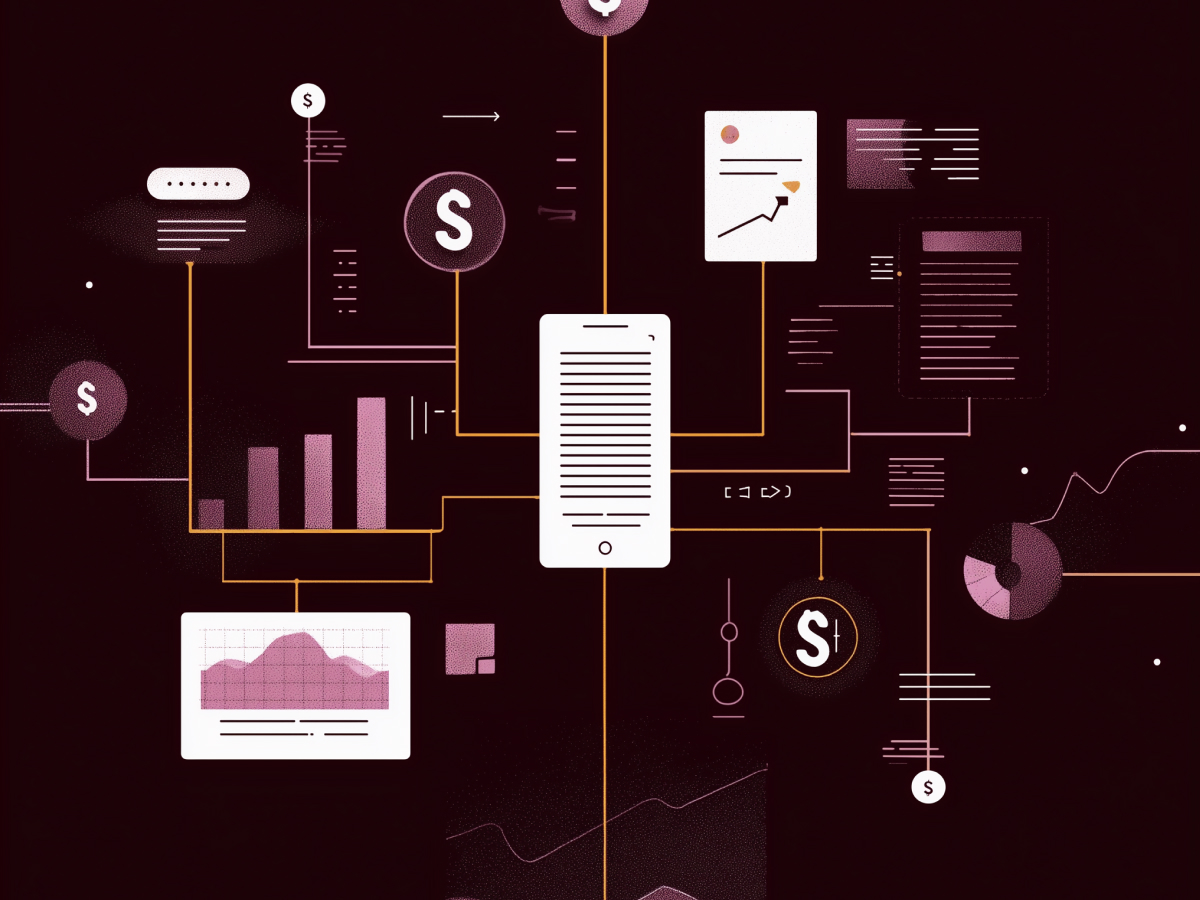Skipping discovery leads to platform tools that miss their mark
Building anything, software, hardware, infrastructure, without understanding what people actually need is a waste of time and talent. In many platform teams, especially in fast-growth or enterprise environments, there’s a tendency to default to execution without true discovery. A team might spend months designing and perfecting tools that check every box on a spec sheet but fail the simplest test: do users actually use them?
The issue isn’t incompetence. It’s broken alignment. Engineers often build based on perceived problems, problems that look important externally but don’t slow anyone down in practice. Skip discovery and you start solving pain that doesn’t exist. That’s how products die on arrival.
Internal developer platforms must do more than work. They must fit directly into how software teams operate, quietly, effectively, and without friction. When they don’t, after a few frustrating attempts, people revert to old tools, manual workflows or time-consuming hacks. Adoption drops. Technical debt piles up. Value is lost.
You don’t get credit for building software that isn’t used. Discover first. Understand the problem with precision. Then build what truly accelerates others.
Continuous discovery improves the relevance and adoption of platform tools
Discovery isn’t something you do once, cross off, and get back to coding. It has to be continuous, because the problems people face evolve constantly. That’s what we’ve done at Stack Overflow, adopt a continuous discovery process as a core part of platform work. Not a bolt-on. A core practice.
The idea comes from Teresa Torres, a product leader who encourages weekly customer conversations to validate assumptions and test direction. It’s not bureaucratic. Weekly check-ins with internal users save you far more time than they introduce in meetings. You stop guessing what people need. You stop building based on opinions or past experience. You build with real-world accuracy.
This works because developer needs aren’t static. New architecture decisions, toolchain changes, or evolving product priorities create new friction points that yesterday’s solution won’t address. If your platform is based on last quarter’s context, it’s outdated already.
Continuous discovery creates a feedback loop between builders and users. It allows teams to make targeted bets with confidence, not hope. You still work fast, but you’re also working right, not just fast. That’s what matters when time and resources are limited.
So if you’re not doing discovery continuously, you’re not building platforms. You’re just shipping code.
Treating engineers as customers enhances platform utility and alignment
Internal engineers aren’t users. They’re your customers. If your platform exists to enable them, then your first job is to understand their environment, their constraints, and their priorities. Most platform teams miss this point. They treat engineers as passive stakeholders who consume whatever is built for them. That mindset creates misalignment and low-impact tools.
At Stack Overflow, the platform team shifted the approach. Internal teams aren’t just consulted, they’re involved early, before a single line of code is written. During planning, the team focuses on what outcomes would actually help partner teams ship better and faster. They don’t just take feature requests and deliver what’s asked. They dig deeper, into why something is being requested and what problem it’s meant to solve.
This method leads to more precise focus when deciding what to build. It avoids wasting time on popular but low-leverage features. Teresa Torres refers to this as focusing on “opportunities” instead of starting with a proposed solution. It’s harder upfront, but it forces clarity and stronger decision-making.
From a leadership perspective, this shift reduces redundancy and increases ROI on engineering time. You fund fewer projects, but they land with higher adoption and lower friction. That’s how internal platform teams drive real velocity, not by delivering on time, but by delivering what matters.
Lightweight, iterative discovery loops promote flexibility and trust
Long feedback cycles don’t work in dynamic environments. You can’t afford to ship something, wait for approval, and then realize it missed the mark. Stack Overflow’s platform team took a different route, lightweight, continuous feedback cycles that keep builders and users closely connected throughout the process.
This is about assumptions. Every project rests on them, but few teams actually validate those assumptions before investing time and resources. Through what Teresa Torres calls “assumption mapping,” teams lay out what needs to be true for a solution to work, and then test those assumptions with real users as early as possible.
This approach builds a healthier relationship between teams. Developers don’t feel like tools are being forced on them. They see their input reflected in the product before it even launches. This creates trust, which is critical when you’re optimizing developer workflows. You need the freedom to make trade-offs. That freedom comes when teams understand why decisions are made, not just what they get.
For executives, this process leads to faster course correction. If something isn’t resonating, you find out early, before infrastructure is too complex to change. It also helps teams pivot without losing momentum or credibility. All of this is done through short cycles: listen, test, adjust. No disruption, no bloat. Just smart iteration with fast learning.
This is what agility looks like at the platform level: concise feedback loops built on transparency, so decisions reflect current environments, not past assumptions. It saves time, reduces friction, and leads to tools people actually want to use.
Measuring adoption and friction provides meaningful impact insights
Shipping isn’t the finish line. Actual usage tells you whether what you’ve built is functioning the way it’s supposed to. But metrics that only track adoption aren’t enough. You can have high adoption and still fail, because people might be using your tool simply because they have no choice, while privately building workarounds to get their real tasks done.
At Stack Overflow, the Platform Engineering team looks at both adoption and friction. Adoption tells them if a tool is used. Friction tells them how well it fits into developer workflows. They examine indicators like how often users need help with basic functionality, how often they switch contexts, and whether they’re requesting enhancements or just filing complaints. These are practical signals that reveal how seamlessly a platform integrates into everyday engineering work.
The data doesn’t stop at metrics. It’s paired with developer interviews to give context to the numbers. That’s how they catch blind spots and discover whether adoption is truly organic or driven by forced usage. If a tool is invisible because it just works, that’s success. If it’s widely used but constantly complained about, that’s noise covering dysfunction.
From a leadership point of view, tracking both adoption and user friction provides a direct view into developer effectiveness. It helps prioritize investment and iteration, so your teams aren’t just getting tools, but getting more productive because of them. This feedback loop improves platform ROI and ensures engineering hours result in meaningful performance gains.
Discovery is ongoing and adapts with evolving team needs
Development teams aren’t static, and neither are their problems. Once you’ve solved something, the environment shifts. Priorities change, architectures evolve, and new inefficiencies emerge. If your understanding of team needs is based on the last round of tickets or feedback from six months ago, you’re already out of date.
Stack Overflow’s team treats discovery as a continuous effort. They don’t collect surface-level input and walk away. They conduct regular check-ins and use story-based interviews, a method popularized by Teresa Torres, to go deeper than basic feature requests. Instead of asking what people want built, they ask about the last time they hit a blocker. That tells them what actually happened, not just what someone thinks they need. The context reveals real patterns, and often the true problem isn’t what was originally asked for.
Leaders investing in platform engineering should demand this level of insight. It avoids the expensive mistake of building tools to solve the wrong issues. More importantly, it ensures your platforms evolve alongside your users, not behind them.
When platforms adapt in real time to engineering needs, you create leverage. You get faster cycles, fewer interruptions, and higher retention of your technical talent because they’re not constantly battling broken processes. Your infrastructure becomes dynamic without being chaotic. That’s how you keep internal innovation from stalling. Discovery gives you the signal. Iteration gives you the speed. Both need to be constant.
Balancing reliability with creative discovery is culturally challenging but necessary
Platform teams are usually measured by how stable their systems are. Uptime, latency, failure rates, these are the metrics that draw attention. But if these teams stop at reliability, you don’t progress. You maintain. And over time, even strong systems that never evolve fall short of what teams need. This is where discovery comes in, not as a replacement but as a complement.
The hard part isn’t the process, it’s changing the mindset. Discovery feels risky. It introduces uncertainty into environments often trained to avoid it. In many organizations, platform teams fall into the “tickets and delivery” routine: finish what’s asked, log it, move to the next thing. This makes creative problem exploration feel out of bounds. But if you never challenge incoming requests or reevaluate problems upstream, you’ll constantly reinforce existing inefficiencies with more automated ones.
At Stack Overflow, making discovery part of platform work took a cultural shift. Leadership can push for it, but sustained progress happens when senior ICs and middle managers normalize a new standard: asking “why,” not just “when.” Blocking time for exploration, making space for questioning assumptions, and creating safety for engineering teams to express uncertainty, these are the real building blocks of a better culture.
For executives, this tradeoff is strategic. When you support both high uptime and thoughtful discovery, you’re building a platform that doesn’t just remain operational but remains relevant. You reduce downstream integration problems. You cut rework. And you keep teams focused on what matters, solving ongoing bottlenecks, not maintaining outdated assumptions. Long-term platform value depends on this balance.
Effective implementation starts small and grows iteratively
Stack Overflow didn’t overhaul its platform strategy overnight. It started simply. A few targeted conversations with internal users. No formal research programs. No loaded surveys. Just curiosity, and the willingness to listen. This is what early discovery should look like, small, fast steps that help you understand what’s blocking performance, what’s wasting time, and what actually matters.
These early interviews weren’t treated as commitment sessions. They were used to gather context. Instead of accepting surface-level requests, platform engineers asked teams about recent situations where they hit friction. These open discussions surfaced unrecognized patterns that weren’t visible through metrics alone. Over time, those interviews shaped how roadmaps were built, not as checklists, but as strategic investments in the real problems developers faced.
From there, the team didn’t dive into full builds immediately. They tested proposed ideas with small groups: sometimes a walkthrough, sometimes a quick prototype. Results dictated whether or not to proceed. That lightweight test-feedback-adjust loop let the team stay aligned with actual users. And it helped stakeholders feel like part of the process, which made adoption faster and more natural.
For decision-makers, this means you don’t need enterprise-scale rollouts to prove value. You need clear learning cycles, honest collaboration, and tight alignment between platform teams and internal users. When discovery is embedded at that level, your platforms don’t just get built, they get used, and they evolve. That’s where platform returns start to scale.
Final thoughts
If you want your platform investments to pay off, you need more than reliability, you need relevance. Tools that don’t fit into real workflows get ignored, no matter how well they perform on paper. Continuous discovery solves for that. It keeps your teams close to actual needs, cuts waste, and builds alignment between platform engineers and the developers they serve.
Discovery isn’t fluff. It’s operational clarity. When done consistently, it shifts platform teams from reactive support roles into strategic enablers. You stop building for requests and start building against constraints that block velocity. That’s where measurable value comes from, not just speed, but accuracy.
This doesn’t require a massive reorg. It starts with a willingness to ask better questions, run smaller tests, and stay close to the teams you’re trying to empower. Back that mindset with cultural support and executive consistency, and you end up with platforms that not only work, but drive progress. That’s the goal. Build things that matter, and make sure they keep mattering.





